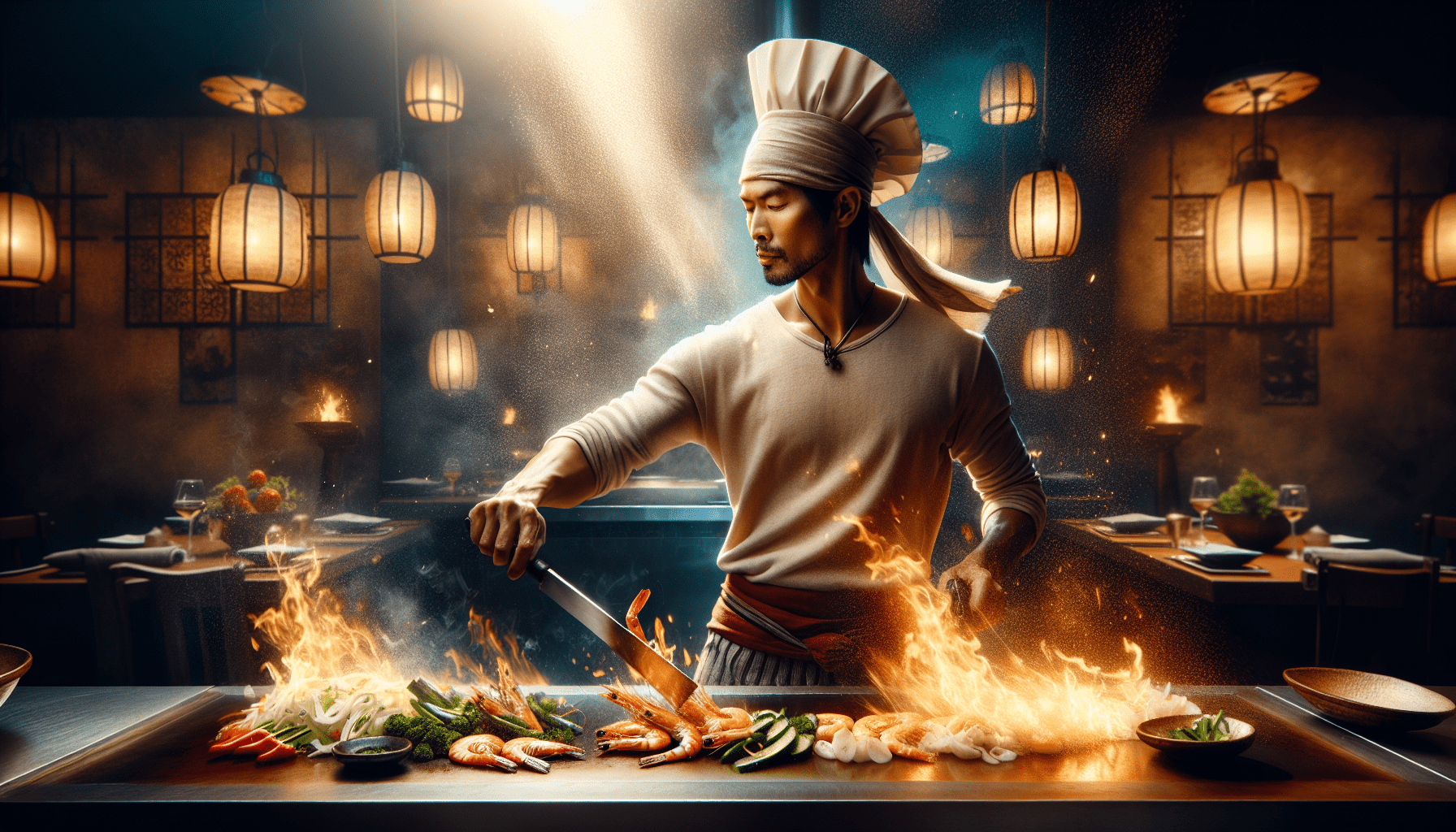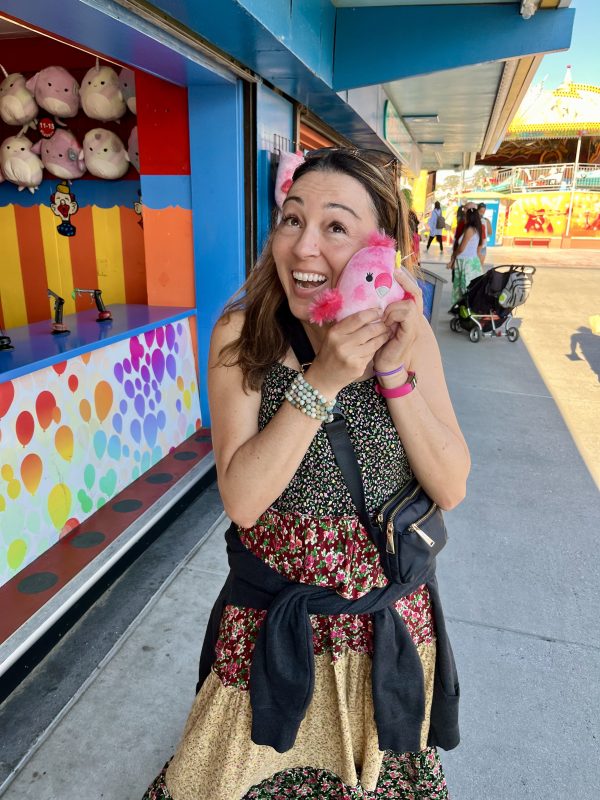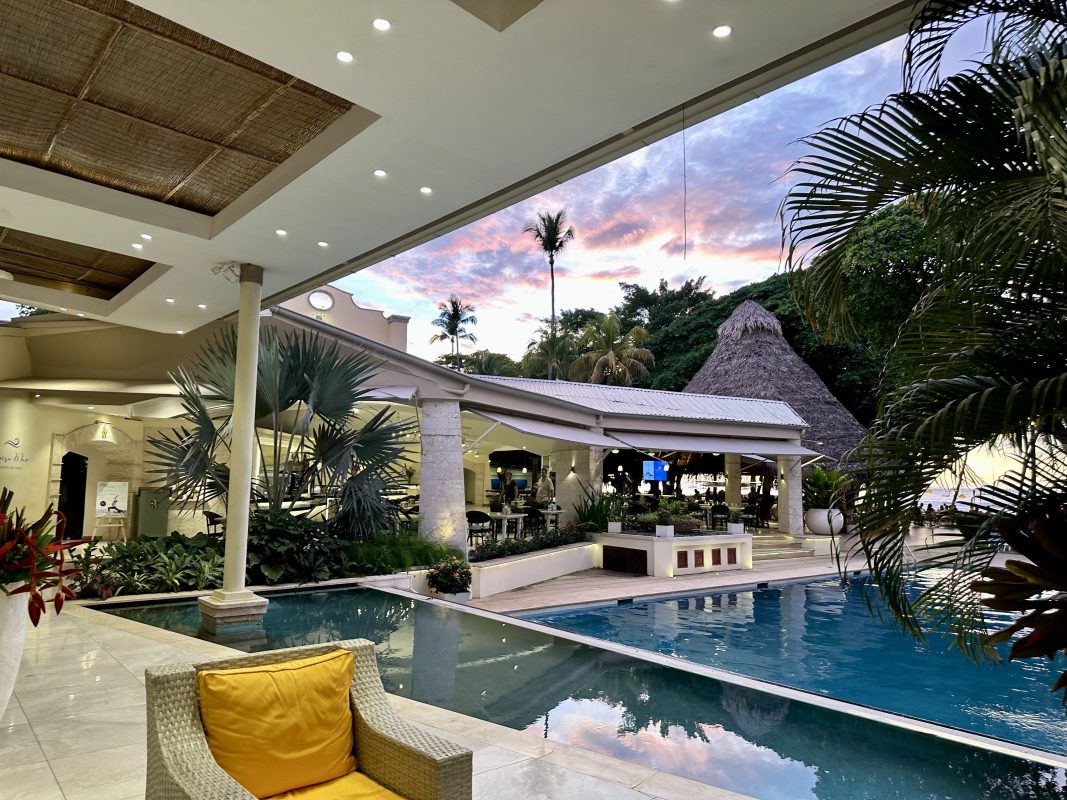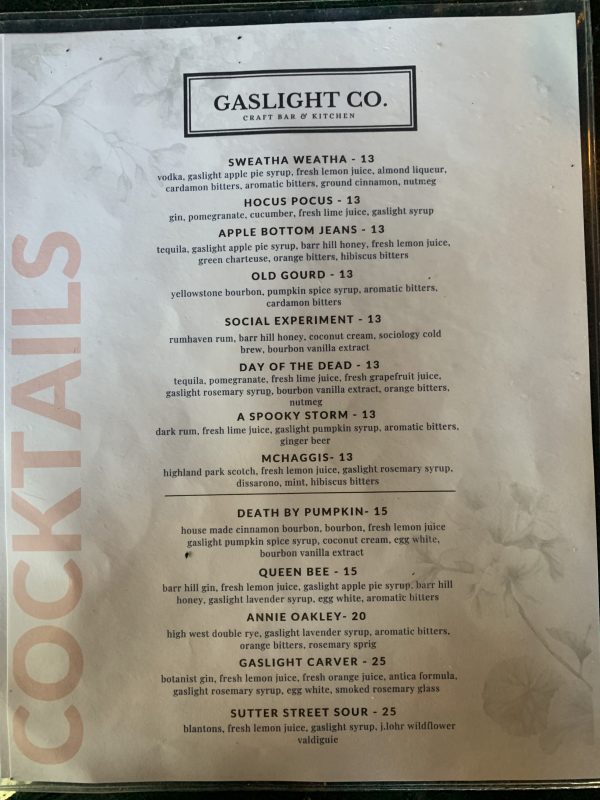6 Pack Luggage Tags for Cruise Ship Essentials for NCL, Princess, Carnival, Royal Caribbean and Celebrity Cruise Necessities by SEAVILIA
$5.00 (as of April 7, 2025 11:41 GMT +00:00 - More info)Overview of Hibachi and Teppanyaki” provides an engaging look into the delicious world of these two popular styles of Japanese cooking, often confused with one another. While hibachi traditionally refers to a small charcoal-fueled heating device, in America, the term has become synonymous with teppanyaki—a style of cooking where chefs dazzle diners with their skills on a flat iron griddle. You’ll also discover some of New York City’s best spots to enjoy these culinary spectacles, from upscale venues like Flame to casual favorites like Hibachi Master. Each restaurant offers its own unique twist on hibachi and teppanyaki, contributing to the vibrant and multicultural food scene in NYC. Whether you’re craving the tender sizzle of Wagyu beef or the layered flavors of exotic sushi rolls, this article is your guide to experiencing the best of both worlds. Have you ever wondered what the difference is between Hibachi and Teppanyaki? If so, you’re not alone! These two terms are often used interchangeably in the United States, which can lead to some confusion. Let’s dive into the world of Hibachi and Teppanyaki, exploring what they are, how they differ, and what makes each one unique. Plus, we’ll showcase some incredible restaurants in New York City where you can enjoy these delightful dining experiences.
Get an Official Zagat Restaurant Guide
Overview of Hibachi and Teppanyaki
What is Hibachi?
Traditionally, “Hibachi” refers to a small charcoal-fueled heating device that was used for grilling. It originated in Japan and was often used in homes for both cooking and heating purposes. However, in the American culinary scene, Hibachi has taken on a different meaning.
What is Teppanyaki?
Teppanyaki, on the other hand, involves cooking food on a flat iron griddle known as a teppan grill. This style of cooking is famous for the showmanship and flair chefs bring to the table. You’ve likely seen Teppanyaki chefs dazzling diners with knife tricks, flipping shrimp tails into their hats, or creating flaming onion volcanoes.
The Nomenclature Mix-Up
In the United States, the term “Hibachi” often mistakenly refers to Teppanyaki-style cooking. This mix-up can be attributed to the popularity of Japanese steakhouses where the chef performs in front of diners, which closely aligns with the Teppanyaki experience.
| Term | Traditional Meaning | American Interpretation |
|---|---|---|
| Hibachi | Small charcoal-fueled heating device used for grilling and heating | Often refers to Teppanyaki-style cooking with performance elements |
| Teppanyaki | Cooking on a flat iron griddle, involving showmanship and interactive chef performances | Correct term for the performance-oriented, iron griddle cooking style |
Restaurant Listings
New York City is a culinary paradise, offering a multitude of options to experience Hibachi and Teppanyaki. Here are some top spots where you can enjoy these dining styles:
1. Flame
Flame brings together upscale elegance and a family-friendly atmosphere, making it a delightful spot for all occasions. With locations in Manhattan and the Bronx, it’s easily accessible for anyone in the city. The menu includes both standard Hibachi fare and eclectic options like Scottish salmon and ribeye. You’ll also find a robust sushi selection to satisfy those raw fish cravings.
2. Yakiniku Futago
Located in the Flatiron District, Yakiniku Futago specializes in high-quality Japanese barbecue, with a particular focus on Wagyu beef. It’s an experience not to be missed, especially if you’re a meat lover. Unique items such as beef sushi and Wagyu with uni are must-tries.
3. Arirang Hibachi Steakhouse
With locations in Brooklyn’s Bay Ridge and Staten Island, Arirang Hibachi Steakhouse excels in quality, performance, and affordability. Here, you can enjoy a wide array of Hibachi options and even delve into a sashimi deluxe platter for a varied taste experience.
4. Hibachi Master
Hibachi Master, located in Bay Ridge, Brooklyn, is known for its hearty, budget-friendly food and speedy service. It’s particularly popular for takeout and delivery, focusing on saucy proteins and sushi rolls. If you’re in the mood for something quick yet satisfying, this is your go-to spot.
5. DD Hibachi and Soup Dumpling House
Established during the COVID-19 pandemic by tour guides, DD Hibachi and Soup Dumpling House has locations in Hell’s Kitchen and Long Island. This restaurant offers a diverse Asian-fusion menu featuring dumplings and unique Hibachi dishes. It’s a testament to the creativity and resilience of the food industry during challenging times.
6. Gyu-Kaku
With multiple locations in NYC, Gyu-Kaku features charcoal grills at your table, allowing you to self-grill your food. This interactive dining experience is perfect for those who enjoy a hands-on approach to their meals. Known for simplistic high-quality meat cuts and meal packs, Gyu-Kaku never disappoints.
7. Natto Hibachi and Sushi
Situated in Park Slope, Brooklyn, Natto Hibachi and Sushi offers an ultra-casual dining experience with rustic elegance. Here, you can indulge in plentiful Hibachi combos and an extensive sushi roll menu, creating a satisfying and diverse meal.
8. DokoDemo
DokoDemo is a fast-casual grill specializing in Japanese street food. Key menu items include okonomiyaki (vegetable pancake) and yakisoba noodles. It’s a fantastic spot for a quick, delicious bite that offers a taste of authentic Japanese street cuisine.
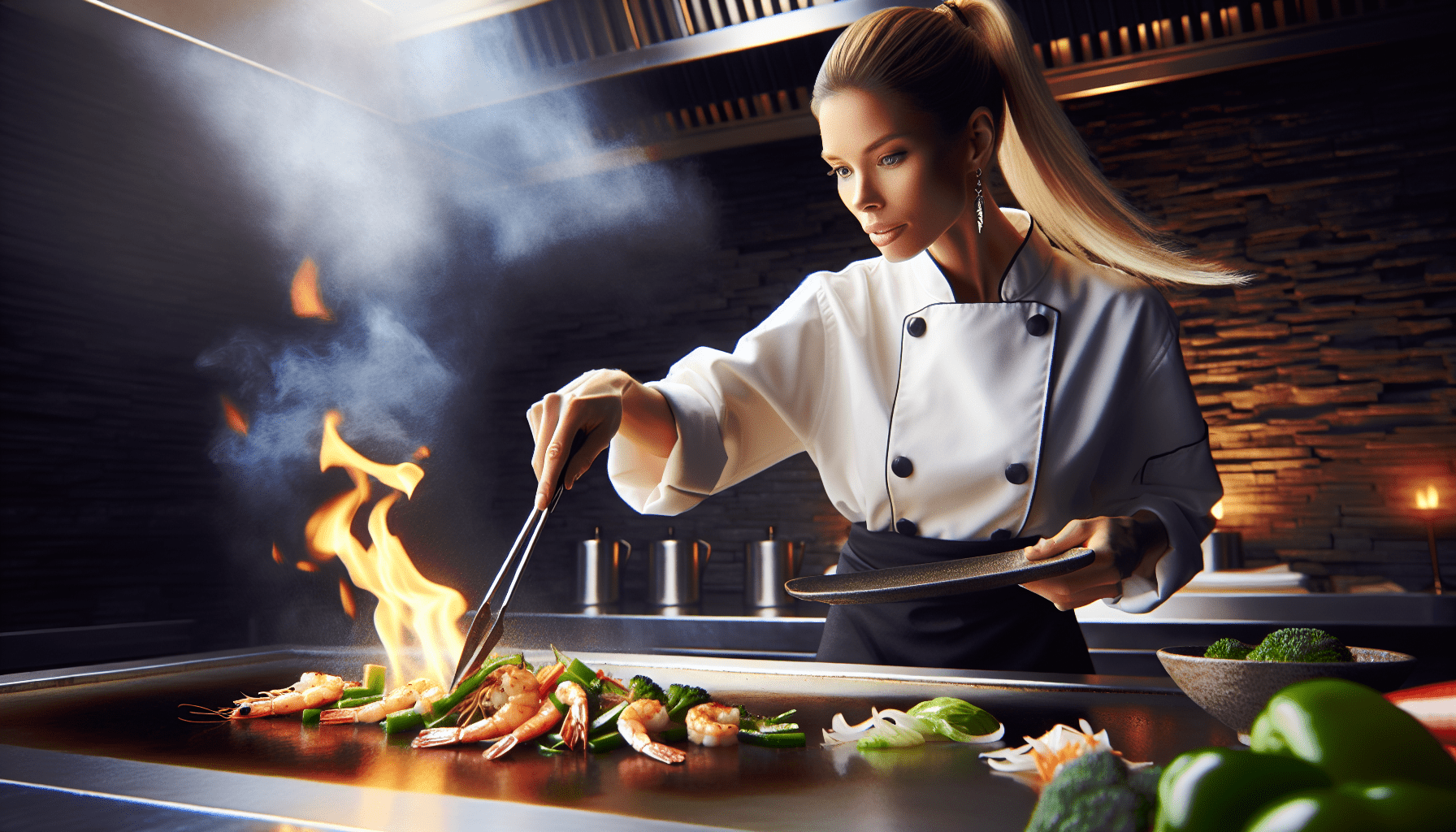
Get an Official Zagat Restaurant Guide
Significance
Despite the name confusion, both Hibachi and Teppanyaki styles showcase the versatility and deliciousness of Japanese cuisine. These dining experiences highlight the interactive and communal aspects of eating, making meals as much about the experience as the food. The restaurants listed above are significant contributors to New York City’s culinary diversity, enriching its multicultural food scene.
Cultural Contributions
These Hibachi and Teppanyaki restaurants offer more than just incredible food; they provide cultural experiences that educate and entertain diners. The performance aspects, traditional flavors, and unique cooking methods provide a delightful window into Japanese culinary traditions.
Culinary Diversity
New York City prides itself on its culinary diversity, and Hibachi and Teppanyaki restaurants add significantly to this rich tapestry. Whether you’re a local or a visitor, exploring these spots offers a flavorful journey through different aspects of Japanese cuisine.
Final Thoughts
Understanding the nuances of Hibachi and Teppanyaki can enhance your dining experience, making you appreciate the skills and traditions behind these cooking styles. Whether you prefer the high-energy performances of Teppanyaki chefs or a more laid-back Hibachi meal, New York City has something to offer. So next time you’re planning a night out or ordering in, consider one of these fantastic restaurants and enjoy an unforgettable Japanese dining experience.
Feel free to explore the unique pleasures of Hibachi and Teppanyaki, and savor the rich flavors and cultural heritage they bring to your table. Enjoy your culinary adventure!

